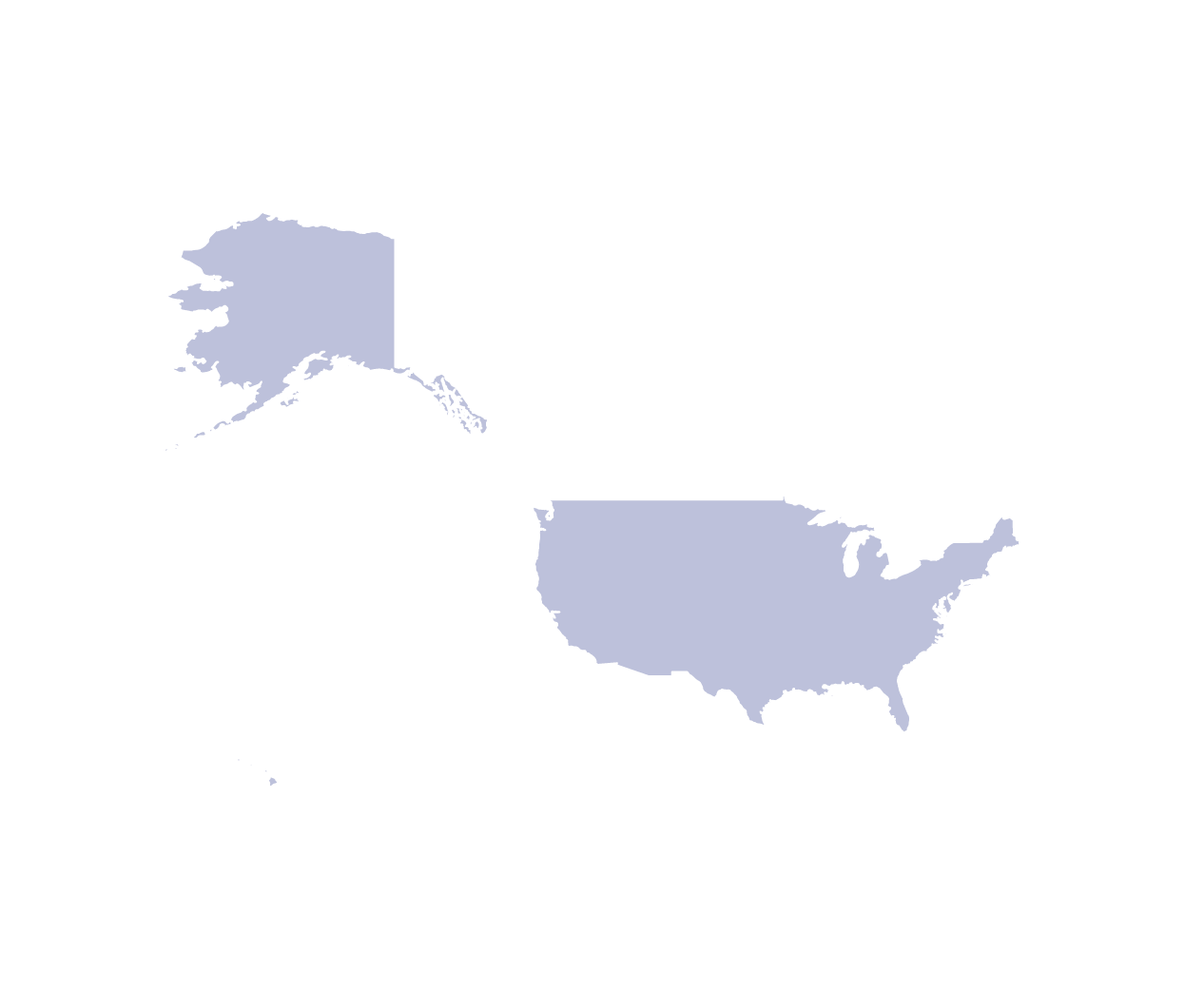
Throughout the almost 60-year history of Leadec, there have been a number of changes in the company. Originally a provider of cleaning services for industrial boilers, we are now increasingly using tablets on the shop floor and connect machines and systems to the internet. In this context, we have adopted the ambitious standard: We are at home in the smart factory. The “factory” is our tradition, the “smart” is new.
A hard cut
The decisive impetus for the consistent transformation of a company that at the time already had around 20,000 employees at 200 locations was the carve-out from the Voith Group in 2017. Not only were all systems inevitably decoupled and rebuilt, but the carve-out was used for a real fresh start. “We didn’t just want to modernize our IT infrastructure, we wanted to increase our own efficiency, anticipate changing customer needs and shape our role in the factory ecosystem,” says Leadec COO Markus Hucko, describing the strategic objective.
In the beginning was the vision
“We are the leading service specialist for the factory of today and tomorrow” – this vision of the factory of tomorrow – networked, digital, sustainable – formed the basis of Leadec’s transformation, according to which everything was to be aligned and still is today. Put into practice, this meant starting with a global harmonization project in which existing processes were recorded, analyzed, rethought, standardized and digitized. A consistent cloud strategy and the switch to an agile way of working created the conditions for maximum flexibility, innovative business models and data-driven services.
“Factory Analytics Services” in the smart factory
But what is this ecosystem of the “factory of the future”? By this we mean the totality of all processes and activities, systems and machines, and increasingly data and IoT services that exist in manufacturing and its periphery. The potential of these individual elements is almost inexhaustible. Provided that all the information can somehow be brought together, and a benefit derived from it. This “somehow” is the core of digitalization at Leadec, and the factory of the future’s ecosystem is now served by a three-link chain. The first link is the machine and system data obtained in the factories. This requires, for example, sensors that measure the vibration of pumps or the lubricant level. Information exchanged between networked machines can also serve as a basis. This data is then loaded into Leadec's own IoT-Home-Cloud, the second link in the chain. The cloud collects, structures and unifies data from different sources in order to evaluate it using artificial intelligence and make it readable. And they finally become “readable” at the third link, the Leadec.os platform. This is where all service processes are digitized across all systems. This makes it possible to initiate specific activities and to monitor and manage processes. The result is an end-to-end solution that can automate all of Leadec’s services. From the first offer to service activities and secure invoicing.

People vs. transformation
This may sound simple, but when it comes to implementation, in a decentralized company, it is one of the greatest challenges. Because even if powerful solutions have been found with the Salesforce technology as a platform and the IoT-Home-Cloud, it is people who are confronted with new strategies, processes, tools and requirements. And who suddenly have to approach their customers differently and identify needs and business models differently. The effects of transformation projects are often considered secondary in companies, however, they often have a huge impact in the project’s success.
At Leadec, the use of a change manager to guide through the transformation has proven successful. Paulina Lujan, an internationally experienced manager at Leadec, took on this role and moderated the change internationally, communicating transparently about it and helping to drive it forward via training programs. “We have directly intervened in our employees’ working methods and workflows. In addition, a lot more transparency is now possible. Going through these changes is not always easy for organizations, and Leadec is not an exception, so right from the start we supported the transformation intensively with communication and training close to the people,” says Paulina Lujan, describing the procedure. And for Markus Hucko, there are two points that he chalks up as lessons learned: “The two most important insights were that, firstly, it proved worthwhile not to wait too long and plan too much, but to start quickly and then keep improving. Secondly, that technology alone achieves nothing. Only when our employees recognize the added value in their daily work can they also get customers enthusiastic about it.”

















